Description
DOD Guitar Pedals are fresh in, this is a New one & the Just Pedals team think it is a very nice one too. Good news ! This can be delivered straight to your door, quickly and securely, anywhere in the UK & Europe. For more info on this New Guitar Pedals, please read on for full details, demos, videos, reviews and order online.
Amp like distortion is a term that gets thrown around a lot. With more and more pedal companies trying to get in on the amp like drive market it can take something really special to stand out from the crowd. That is exactly what the DOD Gunslinger does with its versatile tone range that can take you from a high headroom crunch using an 18v power supple to crushing high gain when your really need the grind.
Mosfet Circuit
Just by saying those two words some of you will already be about to hit the buy button. Mosfet circuits are well known for closely replicating not only the dynamic response of preamp valves but with better reliability so you get the same tone every time you turn on the amplifier. The other big advantage of a mosfet circuit is that it responds like your amp when you turn down your guitars volume control so you can go from clean to crushing without ever touching the pedal.
Usable From 1 To 10
If you have played a lot of different drive pedals you will know that finding a usable tone on some pedals can be an absolute pain. That is not the case with this pedal as no matter where you have the gain, level, low and high controls you will get a usable tone. By opting for an active EQ circuit that can both cut and boost even down at 0 or up at 10 your sound is never too boomy or too harsh.
Here’s what DOD say about the Gunslinger Mosfet Distortion
From explosive chord work to high velocity leads, the new DOD Gunslinger Mosfet Distortion has the touch sensitivity, string-separation and saturation to do all your dirty work. The Gunslinger packs features like separate Low and High tone controls, a wide range of gain, tons of output and your choice of 9 or 18V operation to keep you on target and in control. The Gunslinger’s brushed-metal housing looks as tough as it sounds and its true bypass circuitry keeps your tone pristine.
The DOD Gunslinger’s Mosfet circuit clips at a gradual, steady rate when overdriven, offering clipping properties and harmonics similar to those from preamp tubes in a guitar amp. The Gunslinger is designed to react to the dynamics of your playing. The distortion will “clean up” when you play softly and become more aggressive when you dig in and attack your strings.
The DOD Gunslinger offers independent Gain, Level, Low (Tone) and High (Tone) controls. Its true bypass circuitry allows your guitar tone to remain pristine even when the DOD Gunslinger is off and its modern 9V DC power supply input and compact size make it pedalboard friendly.
Specifications
- Dimensions: 4.68″ x 2.63″x 2.25″ (L x W x H)
- Weight: ~1.0 lbs. / 0.453 kgs.
- Input: (1) 1/4″ Instrument
- Output: (1) 1/4″ Instrument
- Chassis: All Metal
- Power Supply: 9V Alkaline Dry Battery or Optional Power Supply
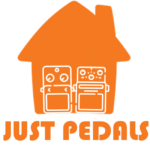
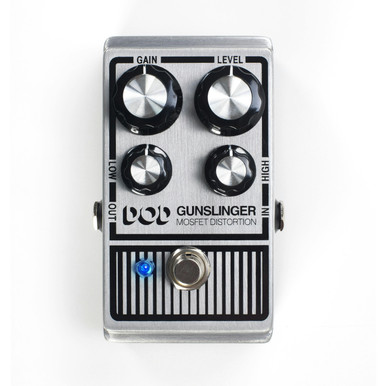
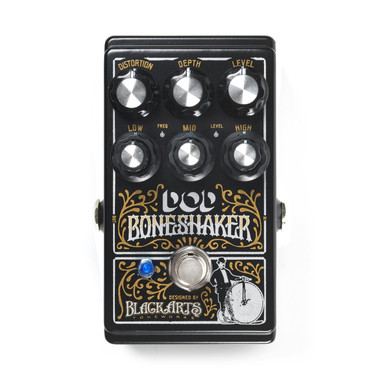
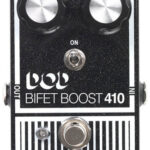
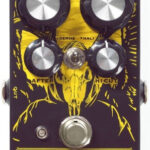
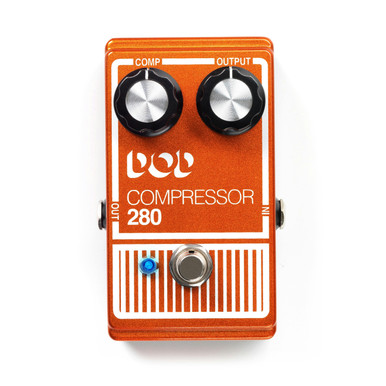
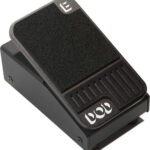
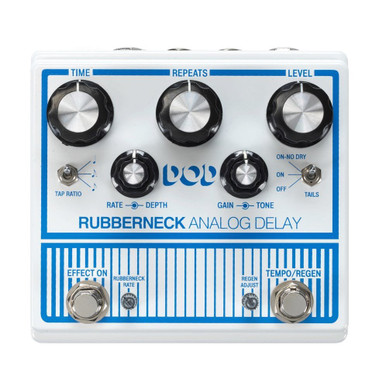

![[High-Gain Distortion] As a High-Gain distortion pedal, Donner's Morpher sounds like a crossover between MI Crunch Box and Suhr Riot. Great for hair metal/glam metal/pop metal. [3 Distortion Modes] Designed for richer playability. Wide dynamic range ...](https://m.media-amazon.com/images/I/41UzzFseciL._SL313_.jpg)
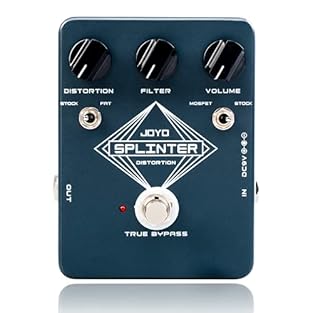
![[Classic Mouse Distortion] Dark Mouse distortion pedal is made to bring you the real underground rock scene. Sweet overdrives, grinding rhythms and roaring solos. [2 Practical Modes] Classic:Produce a classic, warm distortion sound with some fuzz fee...](https://m.media-amazon.com/images/I/418nYls+omL._SL313_.jpg)
![[Power Specifications] Input voltage: AC 100-240V 50/60Hz, extension cord 5 feet. [Wide use] Widely used in hand-washing counters, Halloween decorations, handheld vacuum cleaners, security equipment, liquid crystal displays, LED lights, light-emittin...](https://m.media-amazon.com/images/I/41LRcg88jPS._SL313_.jpg)